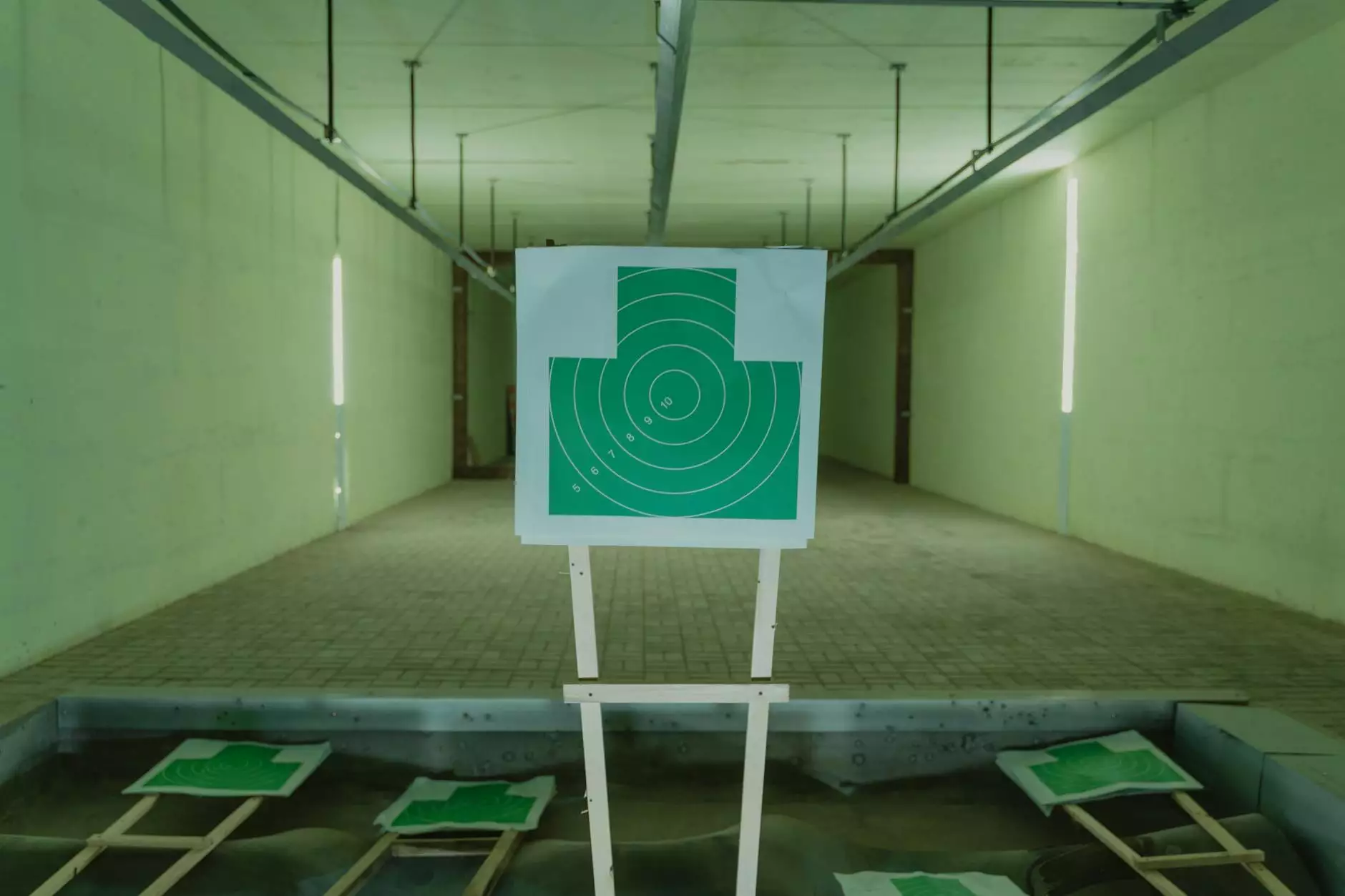The 4 Stages of Frozen Shoulder: A Comprehensive Guide

Frozen shoulder, also known as adhesive capsulitis, is a condition that leads to stiffness and pain in the shoulder joint. It can severely impact daily activities and overall quality of life. Understanding the 4 stages of frozen shoulder is crucial for effective management and recovery. This article aims to provide an in-depth look at each stage, including symptoms, treatment options, and recovery strategies.
Understanding Frozen Shoulder
Frozen shoulder occurs when the connective tissue surrounding the shoulder joint thickens and tightens, limiting the shoulder's range of motion. It can occur so gradually that many people don't realize they have it until the shoulder is significantly restricted. Though the exact cause of frozen shoulder is not entirely understood, it is often associated with certain risk factors such as:
- Age (most common in people aged 40-60)
- Gender (more prevalent in women)
- Medical conditions (such as diabetes, thyroid disorders, or heart disease)
- Previous shoulder injuries or surgeries
The 4 Stages of Frozen Shoulder
Frozen shoulder progresses through four distinct stages, each characterized by unique symptoms and degrees of pain and stiffness. Understanding these stages can help patients recognize their condition and explore appropriate treatments.
Stage 1: Freezing
The first stage of frozen shoulder is often referred to as the "freezing stage." This can last anywhere from 6 weeks to 9 months. During this stage, individuals experience:
- Gradual Onset of Pain: Begins as a dull ache in the shoulder, which can intensify and become sharper over time.
- Limited Range of Motion: As pain increases, the ability to move the shoulder starts to decline significantly.
- Difficulties with Daily Activities: Basic tasks such as reaching over the head or behind the back become increasingly challenging.
Stage 2: Frozen
The second stage, known as the "frozen stage," can last from 4 to 6 months. Symptoms during this stage include:
- Continued Pain: While the intense pain may begin to subside, it is typically replaced by stiffness.
- Significant Loss of Range of Motion: The shoulder becomes extremely stiff, making movement very difficult.
- Increased Dependency on Others: Everyday tasks may require assistance as the ability to move the shoulder is severely compromised.
Stage 3: Thawing
The "thawing stage" can last from 6 months to 2 years. Although the pain may continue to diminish, the stiffness may persist. Characteristics of this stage include:
- Gradual Improvement in Range of Motion: Patients may start to regain some mobility in their shoulder.
- Ongoing Exercises: Physical therapy and specific exercises become paramount to restoring function and strength.
- Return to Normalcy: Activities can slowly return to normal as patients start to feel more like themselves.
Stage 4: Recovery
The final stage, known as "recovery," can last several months to years, and during this stage:
- Full or Near-Full Recovery: Most individuals regain their shoulder's full range of motion.
- No Pain: By this stage, patients typically experience little to no discomfort.
- Resuming Normal Activities: Individuals can return to their regular activities and sports without restrictions.
Diagnosis of Frozen Shoulder
Diagnosing frozen shoulder requires a thorough history and physical examination. Typically, healthcare professionals will consider the following:
- Symptoms Review: Discussing your symptoms and how they affect daily activities.
- Physical Examination: Assessing the range of motion and areas of pain.
- Imaging Tests: X-rays or MRIs may be utilized to rule out other shoulder conditions.
Treatment Options for Frozen Shoulder
Effective treatment is essential for managing frozen shoulder and can vary significantly depending on the stage of the condition. Here are common treatments:
1. Physical Therapy
Physical therapy is vital at all stages of frozen shoulder. A physical therapist will tailor an exercise program designed to improve mobility and minimize pain.
2. Medications
Nonsteroidal anti-inflammatory drugs (NSAIDs) such as ibuprofen can be used to relieve pain and inflammation.
3. Corticosteroid Injections
In some cases, healthcare providers may recommend corticosteroid injections to reduce inflammation and improve movement.
4. Surgery
For those who do not respond to other treatments, surgical options may be considered to release the tightness of the shoulder capsule. Surgical approaches may include:
- Arthroscopic Capsular Release: Minimally invasive surgery that releases the tight capsule around the shoulder joint.
- Manipulation Under Anesthesia: The doctor moves the shoulder while the patient is under anesthesia to help restore movement.
Recovery and Prognosis
The recovery time for frozen shoulder can vary greatly among individuals. While some may see improvement in just a few months, others may take several years. Adhering to a consistent physical therapy program and following the prescribed treatment increases the likelihood of a full recovery. Although frozen shoulder can be frustrating, most individuals experience a return to normal function and pain-free movement.
Preventive Measures
While it may not be possible to prevent frozen shoulder entirely, there are steps you can take to reduce your risk:
- Stay Active: Engage in regular physical activity to maintain shoulder mobility.
- Stretch: Incorporate shoulder stretching exercises into your routine, especially if you have a history of shoulder injuries.
- Seek Treatment Promptly: If you experience shoulder pain, consult a healthcare professional to address potential issues early.
Conclusion
Understanding the 4 stages of frozen shoulder is vital for anyone affected by this condition. By recognizing the signs, seeking early interventions, and adhering to recommended treatment protocols, you can navigate the path to recovery successfully. Frozen shoulder is a challenging condition, but with the right approaches, many people regain full function and return to their previous activities. For personalized advice and treatment options, consult a healthcare provider or a physical therapist specializing in shoulder rehabilitation.
For more expert insights on frozen shoulder and other health topics, visit IAOM-US, where you can find resources that empower you to make informed decisions about your health.








